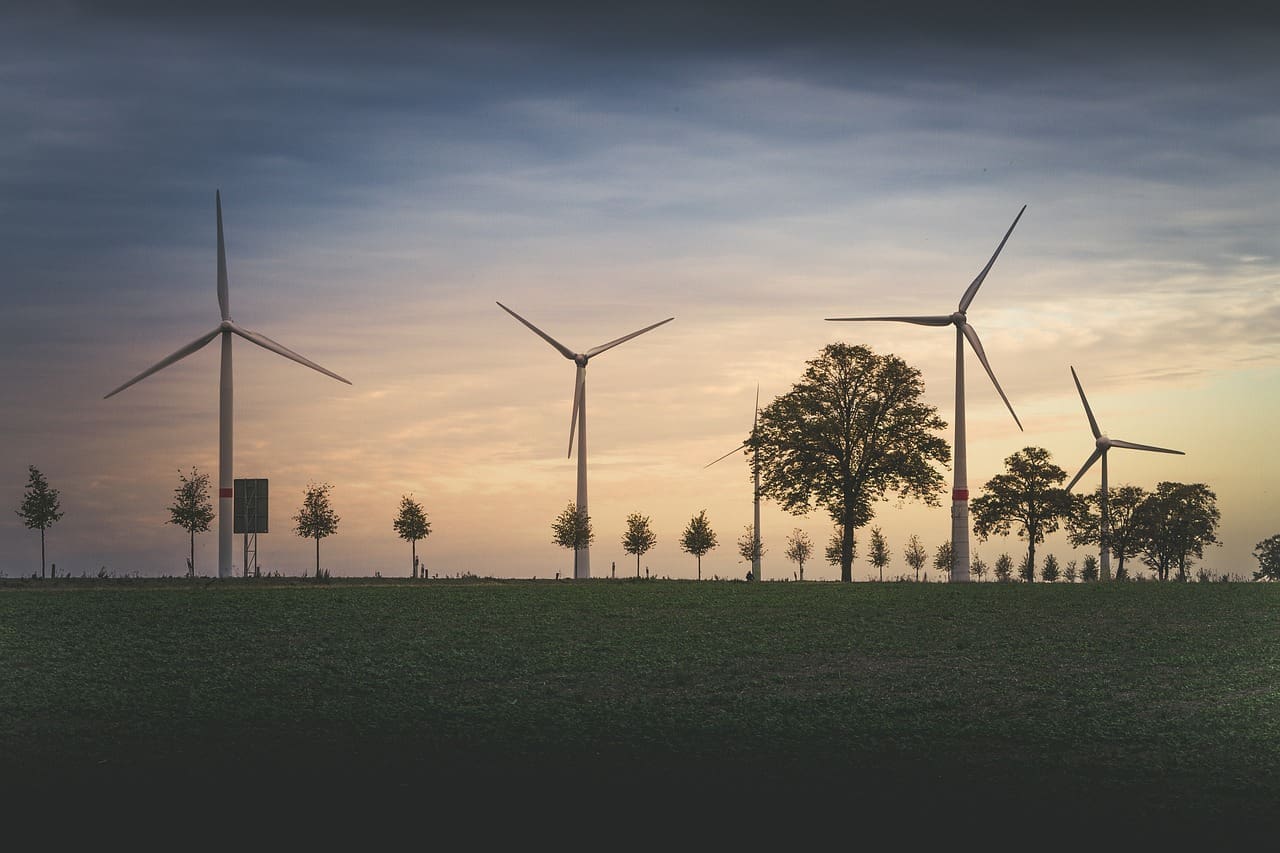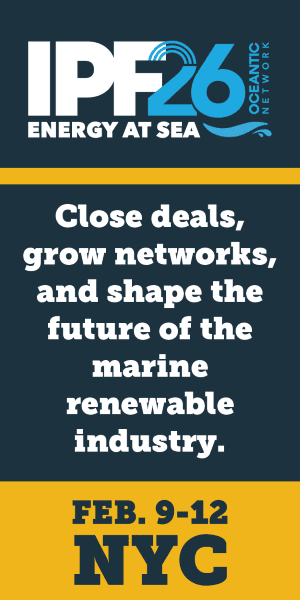The global energy landscape is crackling with innovation. From vast solar farms shimmering under the sun to elegant wind turbines tracing arcs against the skyline, the visible emblems of the green revolution are all around us.
This surge in solar, wind, energy storage and smart grid technologies is reshaping how we power our world. But behind these impressive feats of engineering lies a hidden, intricate world of sophisticated electronics — the unsung heroes driving the efficiency, reliability and intelligence of our sustainable future.
Realizing the full potential of these green technologies hinges on something less visible than a solar panel but just as critical: the expert design and manufacturing of their electronic cores. And with the electronics industry itself accounting for 4% of global greenhouse gas emissions, there’s a dual challenge.
As we collectively face the transition to sustainable energy, success depends not only on mastering the complex components that make green tech possible but on producing them in a way that contributes to our shared environmental goals.
The Electronic Heartbeat of Renewable Energy
At its core, every renewable energy system is an exercise in precise control and power conversion, all orchestrated by advanced electronics. These components form the central nervous system of green technology, managing the flow of energy and optimizing performance.
Consider the journey of a single watt of power.
In a solar installation, it’s a power conditioning unit and an inverter that convert the direct current (DC) generated by a panel into the alternating current (AC) our homes and businesses use.
In a wind turbine, sophisticated control systems constantly adjust the pitch of the blades to capture the maximum energy from every gust of wind.
Across these systems, a network of embedded sensors and communication modules acts as a vigilant watchguard, monitoring system health and transmitting data for predictive maintenance.
As green technology scales from niche applications to grid-level power sources, the demands on these electronic components intensify. The need for higher efficiency and more intelligent control grows exponentially. This drives a parallel need for specialized manufacturing partners who can handle the increasing complexity and produce these vital components with unerring precision.
Spotlight on Energy Storage: The BMS Revolution
Perhaps the most critical piece of the renewable energy puzzle is storage, as these systems are the key to overcoming the inherent intermittency of solar and wind, ensuring the grid stability needed to make applications like electric mobility practical.
At the heart of every advanced battery pack is a Battery Management System (BMS), a marvel of electronic engineering. Its core functions are to continuously monitor the voltage, temperature and state of charge of every individual cell. It ensures operational safety by preventing overcharging or deep discharging, balances the charge across cells to optimize performance and ultimately works to maximize the battery’s overall lifespan.
A well-designed BMS can be the difference between a reliable, long-lasting energy storage asset and a premature failure. The manufacturing of these units requires stringent quality control and microscopic precision. For the demanding applications found in grid-scale storage or electric vehicles, the assembly of a BMS is a high-stakes process where a single faulty connection can lead to catastrophic failure.
This leaves no room for error and elevates the role of a manufacturing partner from a simple assembler to a critical guardian of the product’s safety, reliability and long-term performance.
Enabling Smarter, Resilient Energy Ecosystems
The future of energy is not just green; it’s interconnected and intelligent. We’re moving away from a centralized model of power generation toward a distributed network of microgrids, smart homes and intelligent energy management systems. This distributed grid is more resilient, efficient and responsive, but its complexity is an order of magnitude greater than that of its predecessor.
This shift depends on Electronics Manufacturing Services (EMS) providers who can assemble and rigorously test the complex electronic systems that form the backbone of this new ecosystem. From the smart meters in our homes to the advanced control hubs managing community microgrids, these devices must meet demanding safety specifications and operate flawlessly for years.
Expert EMS companies are the key enablers of this transition. They provide:
- Expertise and scale: Deep knowledge of high-reliability electronics and the capacity to scale production from prototypes to millions of units.
- Turnkey solutions: A comprehensive approach that covers everything from design for manufacturability (DFM) and supply chain management to final assembly and testing.
- Global reach, local impact: The ability to manage global supply chains while supporting local innovation, helping green tech pioneers bring their products to market faster.
This expertise extends to the manufacturing process itself. By implementing targeted energy-efficiency measures, leading electronics companies have already demonstrated up to 30% energy savings in their facilities at minimal cost, proving that sustainable production is both achievable and economical.
For innovators, a partnership with an EMS provider that understands these dual complexities — product reliability and sustainable production — is a powerful strategic advantage. It helps mitigate the significant risks of supply chain disruptions and manufacturing defects that can stall a product’s launch and jeopardise its market potential.
Choosing a trusted partner like Asteelflash, who is committed to this level of operational excellence, can accelerate development, de-risk production, and help turn visionary ideas into truly sustainable solutions our planet needs.





